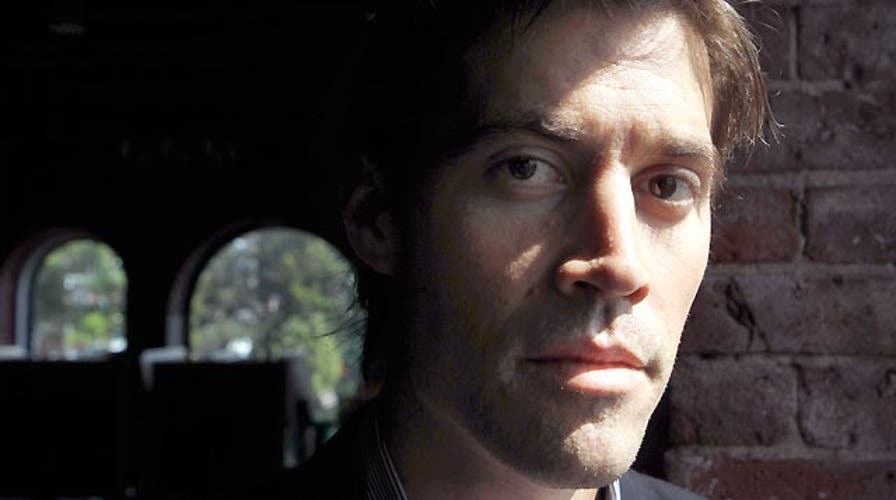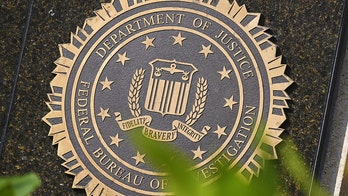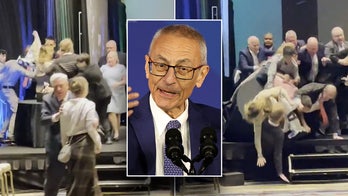Did a rescue mission delay cost hostages their lives?
Catherine Herridge reports from Washington
EXCLUSIVE: As early as May, the Obama administration had strong and specific information about the location of American James Foley and other hostages held in Syria, a source close to the discussions told Fox News, but the rescue mission was not approved until early July.
The gap raises new and compelling questions about whether the operation to save the American and British hostages was unnecessarily delayed for at least five weeks because the administration wanted the intelligence to develop further.
“We had a lot of really good information on where they were being held, very specific information,” said the source, who agreed to discuss the details on condition of anonymity because of the sensitivity of the matter. The source added that the Islamic State captors felt so secure in their stronghold of Raqqa, Syria, that the hostages were moved between only a handful of locations. By late spring, the American and British hostages had been held for at least three weeks in one facility.
Other sources backed up the account provided to Fox News. The timeline seems to conflict with administration claims that the White House signed off on the operation as soon as the intelligence allowed.
“The U.S. government had what we believed was sufficient intelligence, and when the opportunity presented itself, the president authorized the Department of Defense to move aggressively to recover our citizens," Lisa Monaco, the White House counterterrorism adviser, said in August, after journalist and hostage James Foley was executed and the video was posted by ISIS. “Unfortunately, that mission was ultimately not successful because the hostages were not present.”
A similar statement, which did not dispute the strength of the hostage location information, was provided to Fox News on Monday by National Security Council spokeswoman Bernadette Meehan. "U.S. forces conducted this operation as soon as the President and his national security team were confident the mission could be carried out successfully and consistent with our policies for undertaking such operations," the statement said.
“The intelligence is never bullet-proof,” a former military official said. “When they [the rescue team] finally did go, the general view was that the intelligence was drying up. … These guys were ready to go, on a lower threshold [for the intelligence than the White House] … We want the American people to know we are there for them, and ready to go 24 hours a day.”
In an interview with Fox News’ Greta Van Susteren broadcast in mid-September, after ISIS posted the execution video of Foley, his parents said they also believed information was available about the hostage’s location long before the July rescue attempt.
"It was too late. I really feel that -- well, we were hinted that they knew where they were for, jeez, at different times they knew just where they were. But it was a dangerous mission,” Diane Foley explained.
“Like all Americans, we felt our government would succeed at whatever it decided to do, and were certainly dismayed that the effort was unsuccessful,” John Foley added.
Details have also emerged about the shadowy network of prisons used to hold the hostages who were held in close proximity to one another. Fox News has learned that after leaving a prison in the basement of the Aleppo Children’s hospital in the fall of 2013, the hostages were moved to a nearby industrial area -- before ISIS moved them again in early 2014 to their stronghold of Raqqa where over the next five months they were held in a handful of locations.
Fox News is withholding some details of their captivity as well as the names of hostages -- who have not been publicly identified by ISIS -- at the request of the families and the U.S. government.





